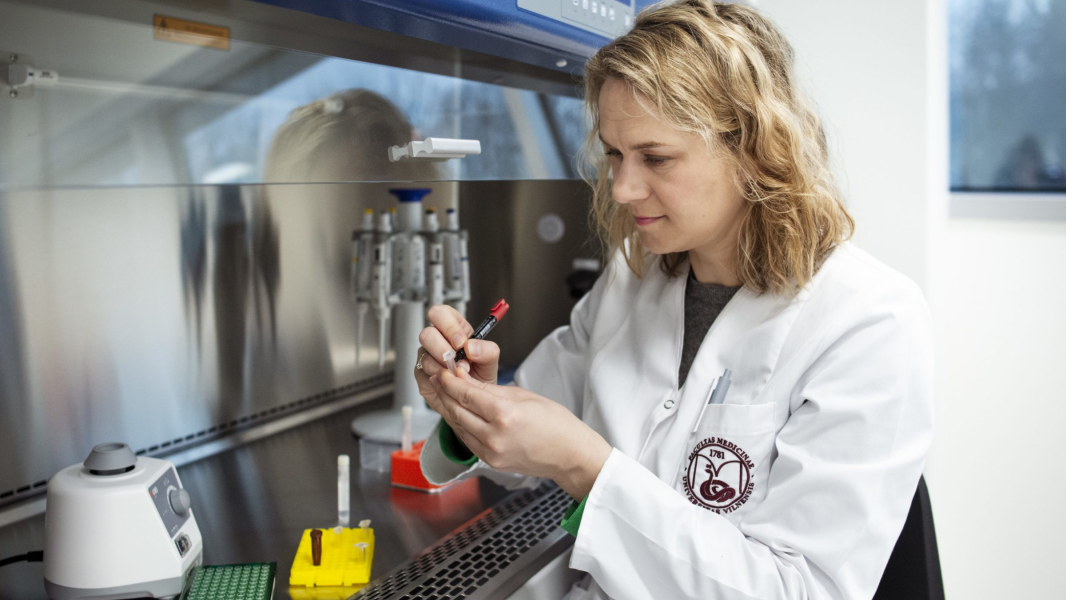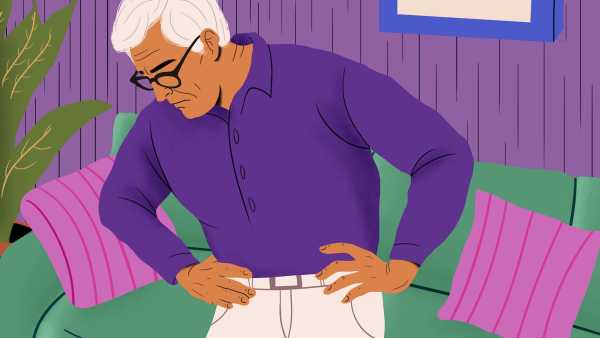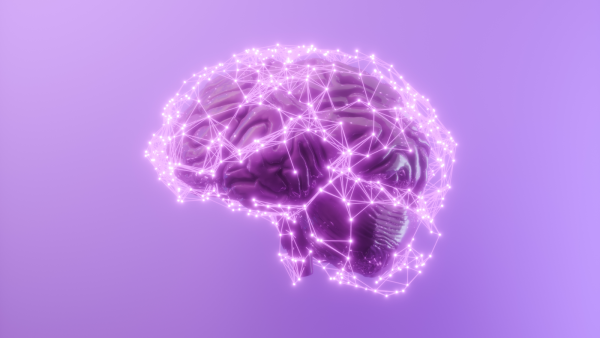
Ingrida Domarkienė (pictured above) and her team at Vilnius University in Lithuania conduct research into ancient DNA. (Photo courtesy of Indrė Mažeikienė, Faculty of Medicine, Vilnius University)
Ingrida Domarkene explores ancient DNA, combining fragments of genetic material from modern humans with our long-vanished human ancestors to retell their stories.
With a background in molecular biology and medical genetics, Domarkienė currently runs Lithuania’s first ancient DNA laboratory, located at the Vilnius University Health Sciences Centre. In collaboration with international partners, the laboratory studies human remains from medieval burial sites in Poland to understand the social practices that existed in the region at the time, as well as human migrations during the Iron Age in Lithuania.
They are also studying the aftermath of the Chernobyl nuclear disaster in 1986. By analyzing the DNA of Lithuanian workers who helped clean up the disaster, the researchers identified genes that help protect against radiation exposure.
Live Science spoke with Domarkienė, who is also an associate professor at Vilnius University, to ask her about her research, the unique challenges of studying ancient DNA, and how analyzing our genetic history could lead to modern advances in medicine.
Emily Cook: What is it about ancient DNA that attracts you?
Ingrida Domarkene: It’s fascinating how you can assemble stories from DNA fragments. You just sequence the DNA; it’s a kind of technological process.
And for me, as a molecular biologist, this is incredibly interesting: you read a biochemical fragment, an organic molecule, and then you compare it to other samples, and you get a sense of how people moved, where they came from, where they went, how they lived. You can find “admixture signals,” which means that people [from different populations] mixed, and so you can understand who interacted with whom and how they moved on, telling their stories.
EK: What are the unique challenges of studying ancient DNA?
ID: The main problem is that you have to accept uncertainty and failure. Why? Because you can never be sure that you will get enough DNA of the required quality for further analysis.
This is because when an organism dies, the DNA starts to decompose, and there is nothing to repair the DNA as it does in living cells. So it starts to fragment and change its composition. Moreover, it mixes with the rest of the DNA in the environment, which when extracted looks like contamination. In this case, I like the analogy of confetti – or what's left of it after a big party.
EK: Can you tell us a little about your research on Chernobyl survivors?
ID: Survivors of the Chernobyl nuclear accident, also known as liquidators.
This was a project that I did with colleagues from the Department of Human Genetics and Medicine, and in the group we had this idea of analyzing the genomes of Chernobyl liquidators, and we invited them to participate in the study. When they started coming, we heard their stories and realized that – you know, these people had been through a lot, but nevertheless, many of them were aging quite healthy, without cancer. You would expect worse consequences after what they had been through, but they were fine.
Sourse: www.livescience.com





